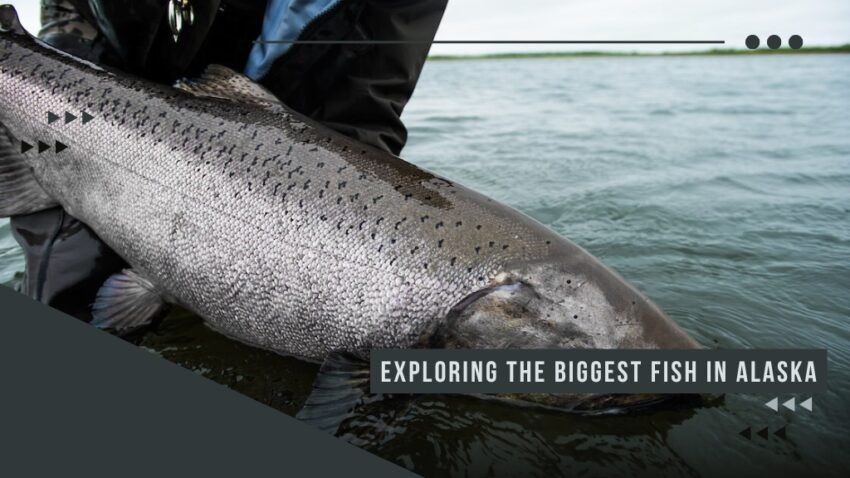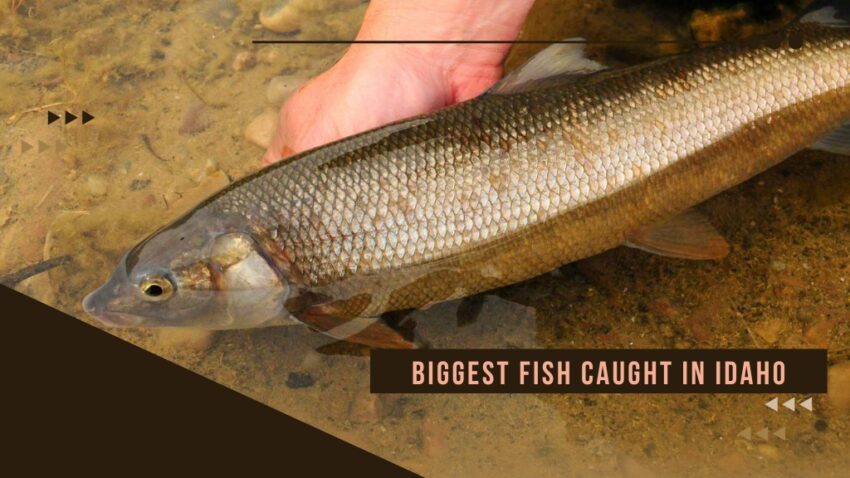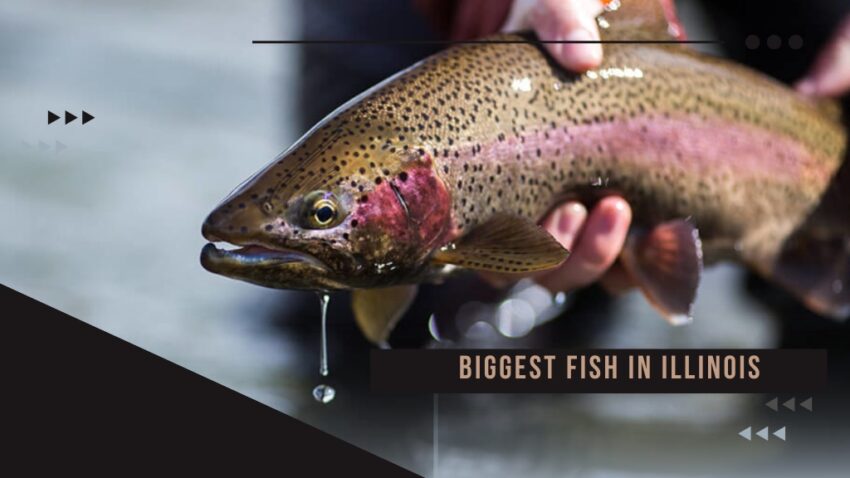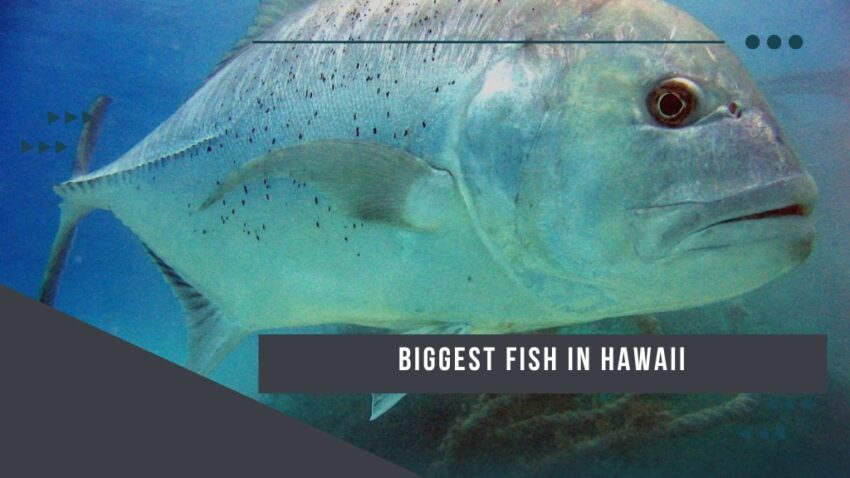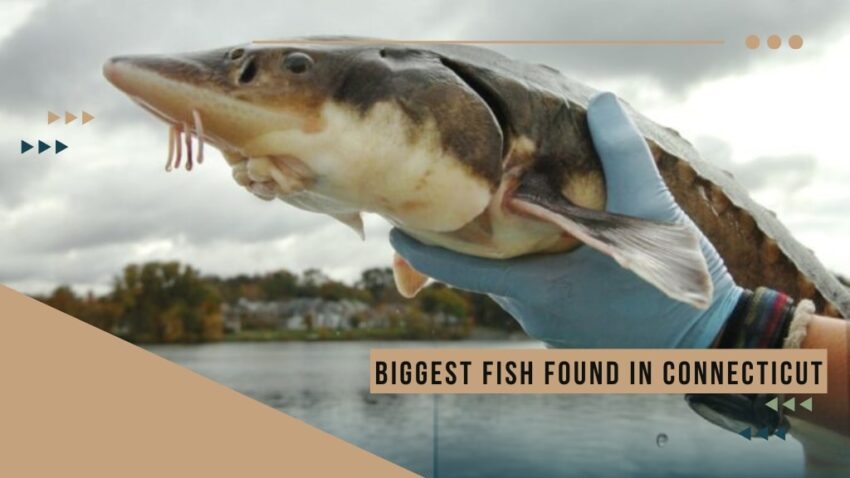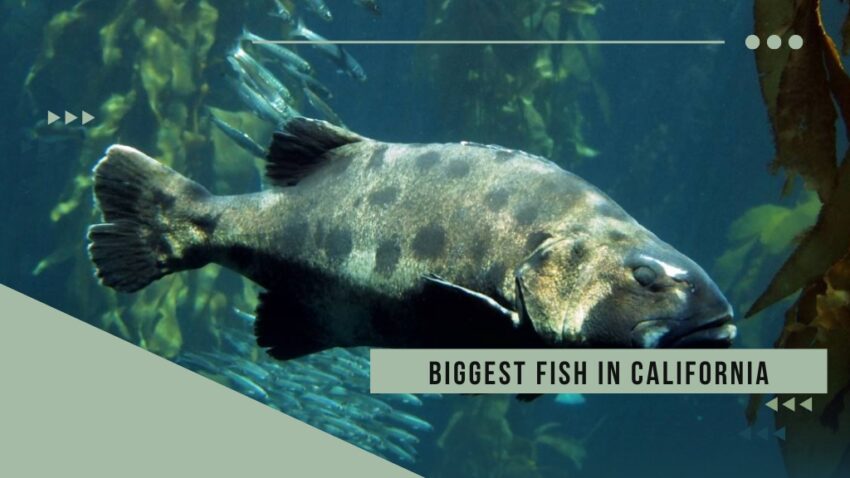Alaska is a land of extremes. From its towering mountains and expansive tundra to its sprawling glaciers and dense forests, the state’s landscapes are as diverse as they are vast.
But the allure of this state extends beyond its terrestrial boundaries.Its waters, both freshwater, and marine, are teeming with life, hosting an array of fish species that are as impressive in their diversity as they are in their size. Among these aquatic inhabitants, two species stand out for their sheer size and the fascination they inspire: the Chinook Salmon and the Pacific Halibut.
These aquatic giants are not just remarkable for their dimensions; they also hold significant cultural and economic value. This article aims to shed light on these titans of the Alaskan waters, delving into their characteristics, life cycles, and the records they hold.
The King of the Rivers: Chinook Salmon
-
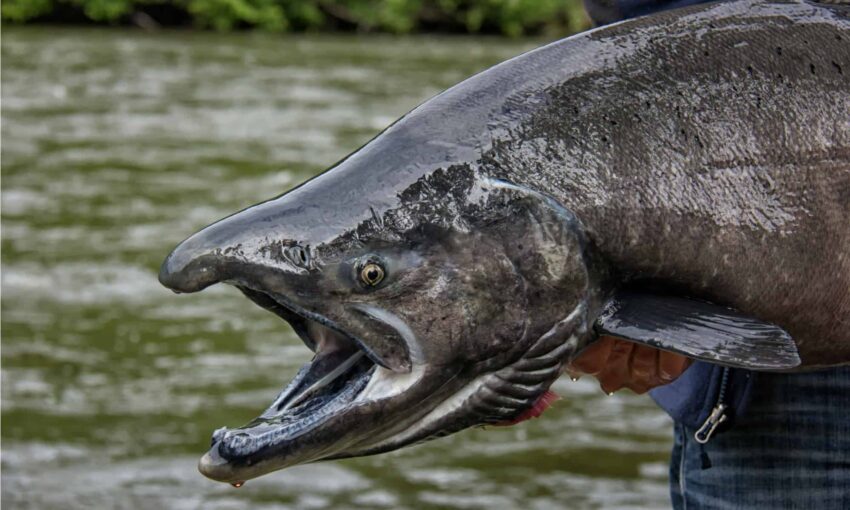
Source: a-z-animals.com
Commonly referred to as the “King Salmon,” the Chinook Salmon (Oncorhynchus tshawytscha) is the largest species of salmon. These anadromous fish, meaning they migrate from the sea to freshwater streams to spawn, can reach astonishing sizes. The record for the largest Chinook caught in Alaska is held by a fish that weighed a staggering 97 pounds 4 ounces. This behemoth was caught by Lester Anderson in the Kenai River in 1985, a spot renowned as one of the best Chinook fishing locations in the world.
Chinook Salmon are not just impressive in size; they also have a fascinating life cycle. They can spend anywhere from two to eight years in saltwater before returning to their natal rivers and streams to spawn. This journey is a testament to their resilience and adaptability, traits that have earned them the title of Alaska’s state fish.
The Giant of the Deep: Pacific Halibut
-

Source: americanoceans.org
While the Chinook Salmon rules the rivers, the Pacific Halibut (Hippoglossus stenolepis) is the undisputed king of the sea. This flatfish is the largest of its kind in the world, with mature females capable of reaching lengths of over 8 feet and weighing more than 500 pounds. The state record for the Pacific Halibut is an astounding 459 pounds, caught by Jack Tragis in Unalaska Bay in 1996.
Pacific Halibut are bottom-dwelling fish found in the cold waters of the North Pacific Ocean. They are known for their asymmetrical body shape, with both eyes located on the right side of their body. This unique adaptation allows them to blend seamlessly with the ocean floor, making them efficient predators of various marine species.
The Titans by the Numbers
| Fish Species | Record Weight | Location | Angler | Year |
| Chinook Salmon | 97 lbs 4 oz | Kenai River | Lester Anderson | 1985 |
| Pacific Halibut | 459 lbs | Unalaska Bay | Jack Tragis | 1996 |
Other Notable Giants
While the Chinook Salmon and Pacific Halibut are the most famous, Alaska’s waters are home to several other large fish species, such as:
1. White Sturgeon
-
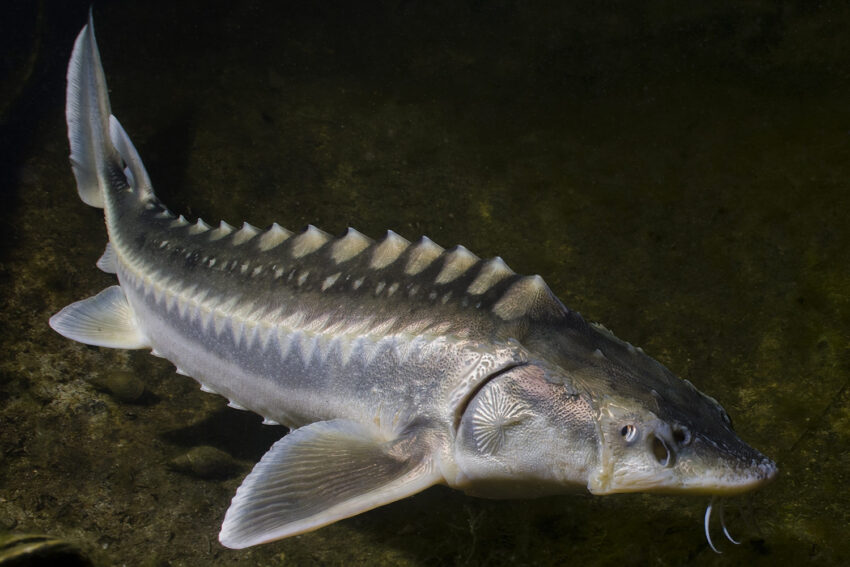
Source: seahistory.org
The White Sturgeon (Acipenser transmontanus) is the largest freshwater fish in North America. Found in select rivers in Alaska, these ancient fish can grow to over 20 feet in length and weigh over 1,500 pounds.
2. Northern Pike
-
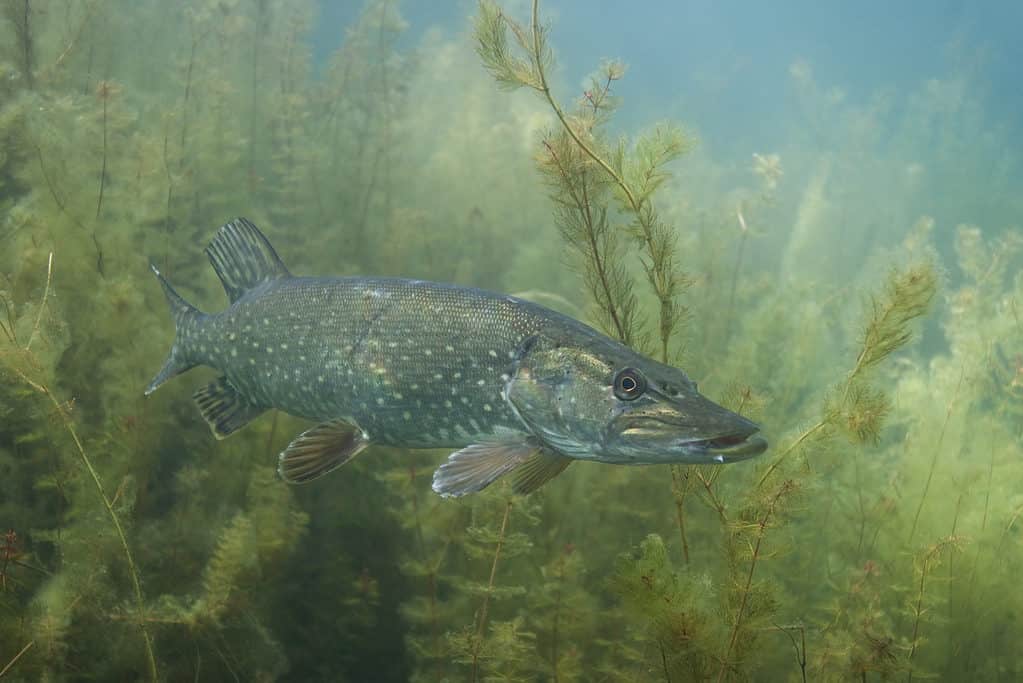
Source: a-z-animals.com
The Northern Pike (Esox lucius) is a toothy predator known for its aggressive behavior and impressive size. They can grow over four feet in length and weigh over 30 pounds.
3. Lingcod
-
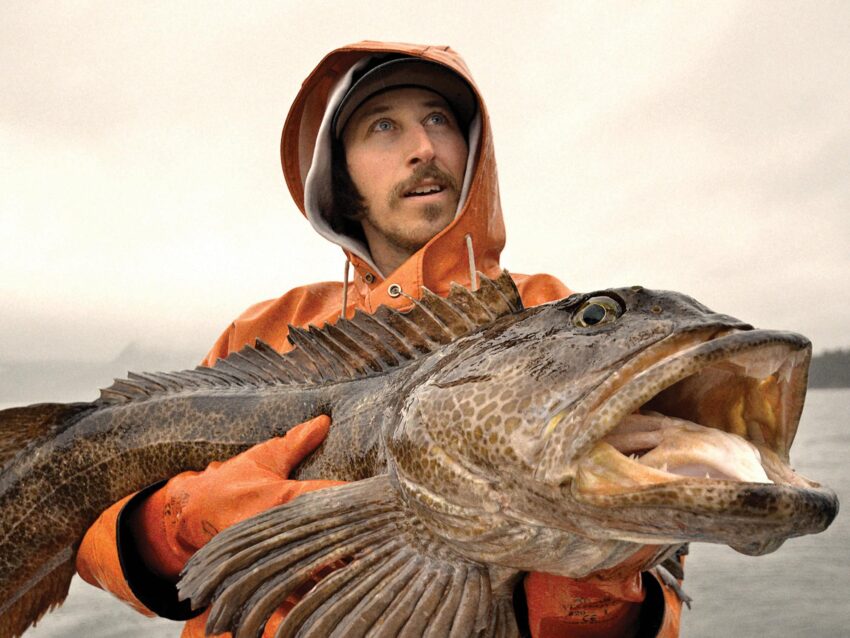
Source: saltwatersportsman.com
The Lingcod (Ophiodon elongatus) is a unique species found in the North Pacific. They can grow up to 5 feet in length and weigh over 80 pounds.
4. Rainbow Trout
-
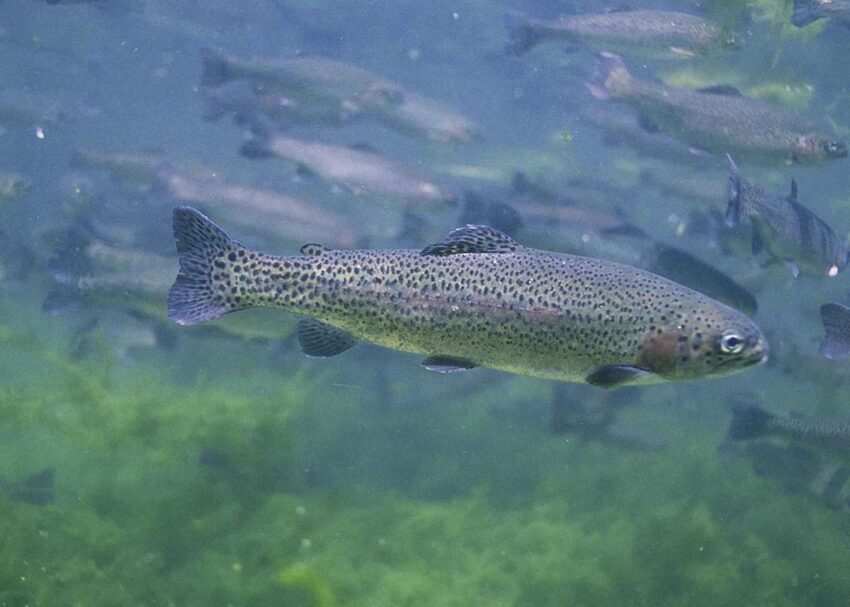
Source: en.wikipedia.org
Rainbow Trout (Oncorhynchus mykiss) is a favorite among freshwater anglers. In Alaska, they can grow over 30 inches in length and weigh over 20 pounds.
5. Rockfish
-
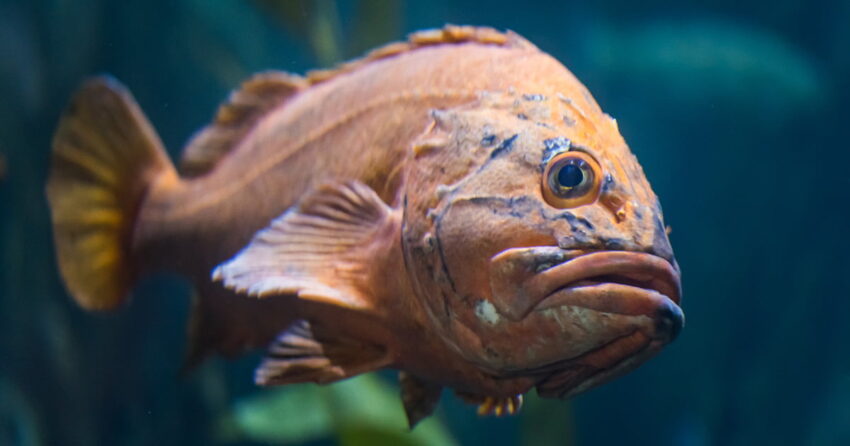
Source: seattleaquarium.org
Numerous species of Rockfish inhabit Alaska’s coastal waters. These fish are known for their longevity, with some species living over 100 years. Rockfish can reach impressive sizes, with the largest species, the Shortraker Rockfish, growing up to 39 inches in length.
The Allure of Fishing in Alaska
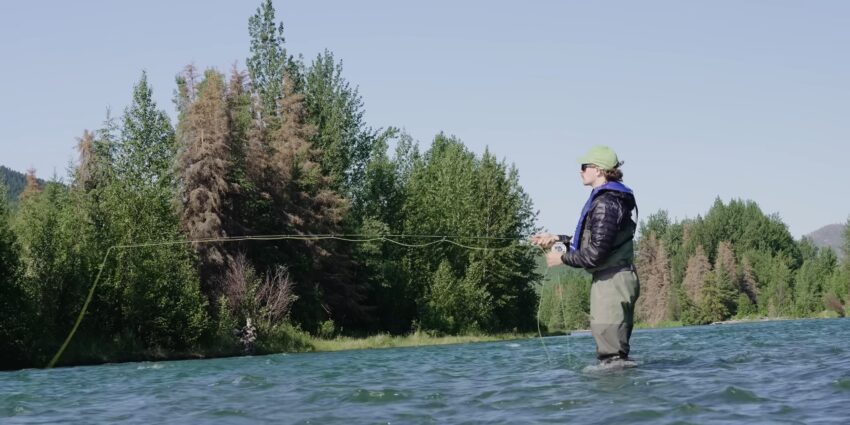
Fishing in Alaska is an experience like no other. The state’s pristine waters offer some of the best fishing opportunities in the world, attracting anglers from all corners of the globe. Whether it’s the thrill of battling a mighty Chinook Salmon in the rushing rivers or the anticipation of reeling in a colossal Pacific Halibut from the depths of the ocean, fishing in Alaska is an adventure that promises excitement and awe in equal measure.
The state’s diverse aquatic ecosystems support a wide variety of fish species, each with its unique characteristics and appeal. From the elusive Arctic Grayling to the aggressive Northern Pike, the variety of fish in Alaska’s waters adds to the richness of the fishing experience. The state’s commitment to conservation ensures that these aquatic resources are managed sustainably, preserving the thrill of the catch for future generations of anglers.
As you plan your excursion to catch the biggest fish in Alaska, don’t forget to take in the awe-inspiring beauty of the land. Here are some incredible camping spots that might just make your Alaskan adventure unforgettable.
The Role of Fish in Alaska’s Culture and Economy
Fish are not just a source of recreation in Alaska; they are an integral part of the state’s culture and economy. For centuries, the indigenous peoples of Alaska have relied on fish for sustenance, using traditional fishing methods passed down through generations. Today, fishing remains a vital part of their cultural identity, a link to their ancestral past.
Commercial fishing is also a significant part of Alaska’s economy, providing jobs and income for thousands of Alaskans. The state’s fisheries are among the most productive in the world, supplying a significant portion of the world’s wild-caught seafood. The sustainable management of these fisheries ensures their continued productivity, contributing to Alaska’s economic prosperity.
Conclusion
The biggest fish in Alaska are more than just impressive aquatic creatures. They are symbols of the state’s rich aquatic biodiversity, the thrill of the angling adventure, and the cultural and economic importance of fishing in Alaska. They embody the wild and untamed spirit of Alaska, a state where nature reigns supreme and where the wilderness still holds mysteries waiting to be unraveled.
Whether you are an angler in search of a record catch, a nature enthusiast fascinated by aquatic life, or a casual reader, you will find that the tale of Alaska’s biggest fish is a captivating story of nature’s marvels, human interaction with the wild, and the enduring allure of the last frontier.
Related Posts:
- Biggest Fish in California: Giants Beneath the Waves
- The Biggest Fish Caught in Idaho in 2024: Exploring…
- 5 Legendary Blackjack Players of All Time: Titans of…
- Biggest Fish in Hawaii: Fish Species in the Aloha State
- A Journey to the Last Frontier: Finding the Best…
- Biggest Fish Caught in Arizona: Casting for Giants

